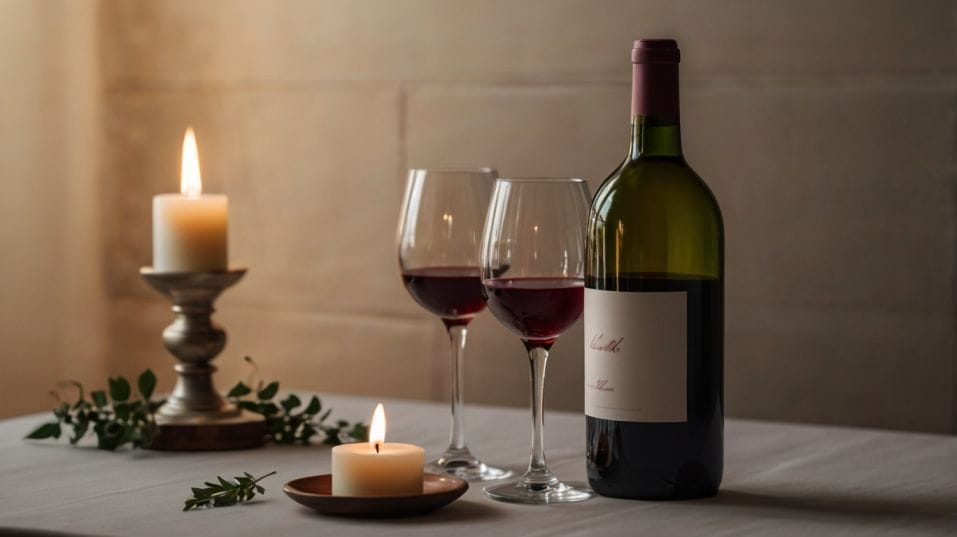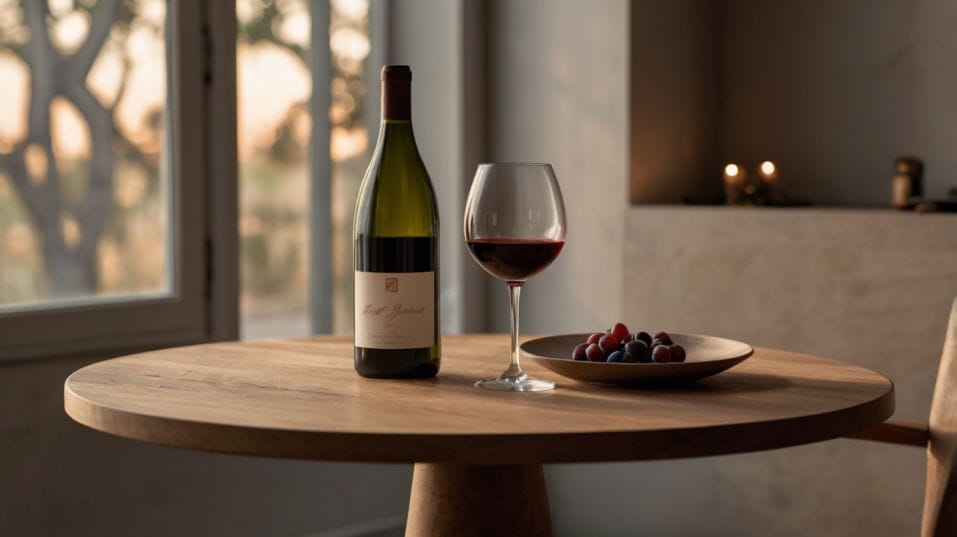The Story Behind “Cheers” Around the World
Discover how the simple act of toasting can elevate your wine ritual. Learn global customs, boost tasting focus, and sip with more intention.

What if the most powerful moment in your wine ritual happens before the first sip? That simple word—cheers—isn’t just filler. It’s a signal, a pause, a way to shift from pouring to presence.
For anyone new to wine, understanding the toast can turn an ordinary drink into a deeper experience. This isn't about etiquette for etiquette’s sake—it’s about making every glass more meaningful from the very first clink.
Toasting Isn’t Just Tradition—It’s Technique
Wine invites you to slow down. A good glass isn’t about volume or speed—it’s about awareness. And the toast is a built-in pause that forces you to be present.
Whether you're raising a glass in a quiet tasting room or a loud dinner party, it marks the shift from “just drinking” to drinking with intention.
This small ritual does something practical: it aligns your attention with your senses. Think of it as the palate’s warm-up.
The act of toasting physically draws you into the moment—eyes up, glass raised, focused on what comes next.
For many professionals and seasoned drinkers, this is the true starting line. You’re not just consuming wine—you’re engaging with it.
Even when you’re tasting solo, the toast can act as a reset. It gives your mind a beat to let go of distractions and settle into the experience.
You become more aware of the wine’s structure, more sensitive to shifts in aroma and texture. It's not magic. It's mindfulness—disguised as custom.

A Global Language of the Glass
Every culture that embraces wine or ritualized drinking has its own version of “cheers.”
While the phrase changes from one language to another, the intention rarely does. Here's what you're really saying when you raise your glass around the world:
France: À votre santé (“To your health”)
Formal, respectful, and often used when drinking wine at the table or among colleagues. There’s an emphasis on etiquette and measured enjoyment.
Italy: Cin cin
Light, rhythmic, and playful. This toast often comes with a wide smile and a little laughter. It’s casual but spirited, perfectly matching Italy’s vibrant wine culture.
Spain: Salud (“Health”)
Direct and sincere. Often followed by a tap on the table after the clink, especially in more relaxed or local settings.
Germany: Prost
Sharp, hearty, and often loud. Germans take eye contact seriously during a toast; breaking it is considered bad luck.
Japan: Kanpai
Used for everything from beer to sake to fine wine. The word means “dry the glass,” but the practice is more about acknowledging others and less about emptying your cup.
Greece: Yamas
A shortened form of “to our health.” Warm and inclusive, often used in festive or family-driven environments where wine flows with food and conversation.
Learning these words isn’t just about being polite. It connects you to the culture behind the wine. When you drink a glass of Barolo, cin cin makes more emotional sense than “cheers.”
It brings regional wine into a richer, more grounded context. And that context often shapes how the wine feels on your palate—because how you feel while drinking matters.
The Hidden Etiquette That Adds Confidence
If you're new to wine, toasting might seem like a background detail—something that happens, not something to think about.
But learning the rhythm of a good toast is part of becoming fluent in wine culture. It’s not about memorizing a list of rules. It’s about reading the room, staying present, and knowing how to adapt.
Start with this: eye contact matters. In many cultures—especially across Europe—avoiding eye contact while toasting can come off as distracted or even disrespectful.
It doesn’t need to be intense or dramatic, just intentional. A brief look into someone’s eyes during the clink says, I'm here with you in this moment.
Also, don’t rush. If someone else is hosting, let them lead the first toast. If you’re the one pouring or sharing a special bottle, a quiet line—“To good company,” “To new favorites,” or just “Cheers”—can elevate the moment without feeling stiff.
And remember: not every setting calls for a toast. In a professional tasting environment, for instance, silence might be more appropriate.
Pay attention to the energy in the room. Being attuned to this nuance adds poise and credibility—whether you’re at a winery, a tasting event, or just opening something great at home.
Why the Toast Actually Enhances Taste
It might sound romantic, but there’s science behind it too. The act of toasting creates a multisensory moment.
Think about it: you raise your glass (touch), look someone in the eye (sight), say something aloud (sound), maybe hear the clink (sound again), then sip (taste and smell).
Activating multiple senses in harmony helps your brain pay closer attention. Research shows that when we engage several senses together, perception sharpens. The wine doesn't change, but your ability to notice its layers does.
That first sip—right after a thoughtful toast—tends to be slower, more deliberate. You taste longer. You notice more.
The fruit seems more vivid, the acidity more precise, the finish more memorable. That’s the real impact of the toast: not superstition, but sensory readiness.
Building It Into Your Wine Ritual
As you deepen your wine knowledge, small rituals like this begin to anchor your experience. They slow you down, give structure to exploration, and help you develop a personal rhythm to how you drink.
Maybe you start every new bottle with a quiet toast—even when you’re alone. Maybe you begin hosting more intentionally, sharing a few words before pouring.
Maybe you try using the regional toast when tasting wines from that country. These aren't rules to follow; they're tools to use. They help make each bottle feel a little more alive—and a little more yours.
Final Thoughts
Toasting is more than a custom—it’s a connector. It brings people together, sets the tone for tasting, and reminds you to be present before the first sip.
Whether you're saying cheers, cin cin, or kanpai, what matters most is the moment of attention it creates.
Next time you open a bottle, use the toast as your cue. Pause. Make eye contact. Say something with intention. Then take that first sip slowly, tasting not just the wine, but the space you’ve created around it.
Try it tonight. Add a toast to your next glass—not out of habit, but on purpose. It might be the smallest change you make in your wine ritual, but it could open the door to a deeper kind of enjoyment.




